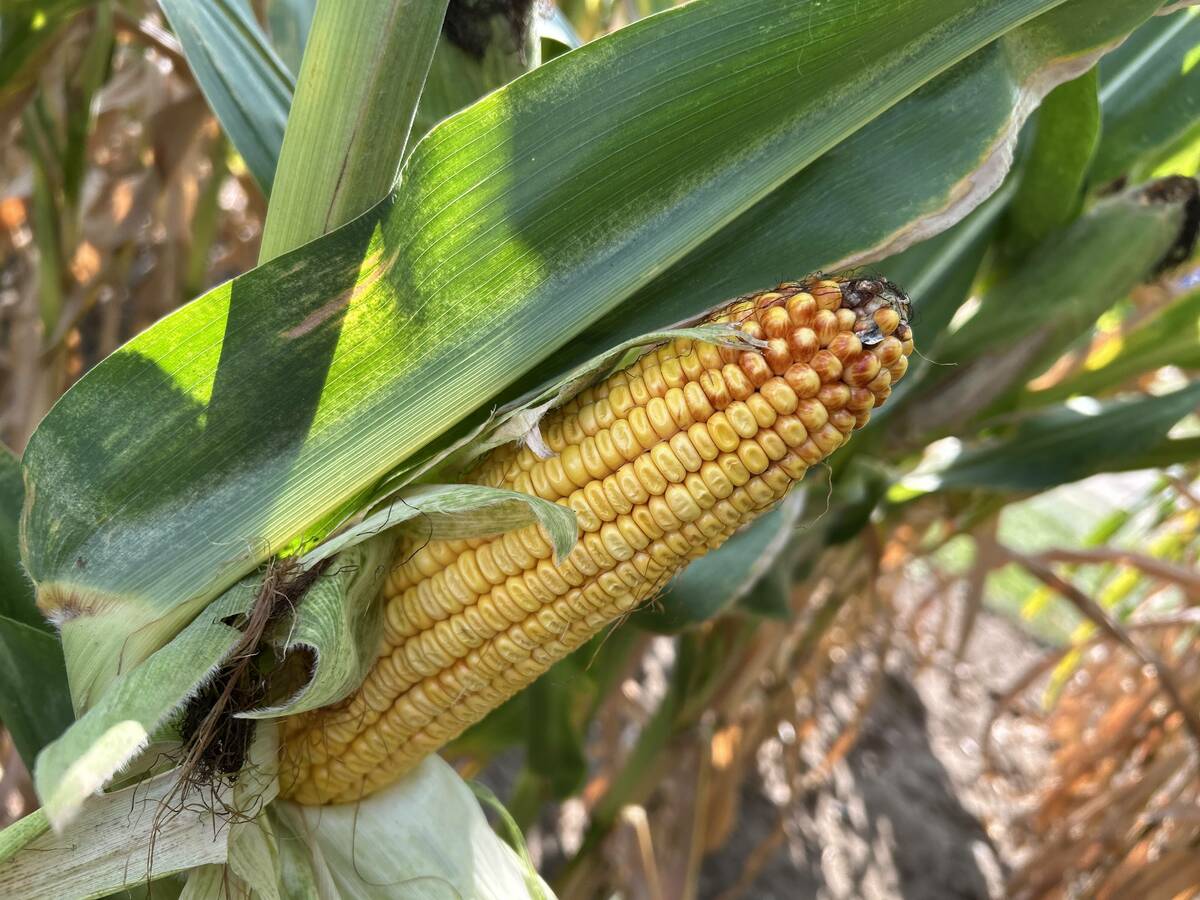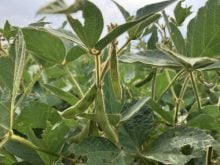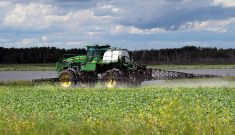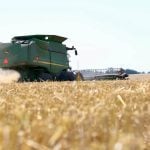As the potential impact of the H1N1 flu epidemic started to emerge last spring, Agriculture Canada analysts recognized that it would batter an already hard-hit hog industry.
They also recognized that payouts to hog producers from existing programs based on historic margins were decreasing sharply.
Yet they insisted the programs would rise to the occasion.
“The existing suite of BRM (business risk management) programs will help producers weather any income impacts caused by trade disruptions resulting from H1N1,” said an analysis written for the department and agriculture minister Gerry Ritz May 1, 2009.
Read Also

Crop estimates show mixed results
Model-based estimates used by Statistics Canada showed the 2025/26 crop year has seen increases in canola, corn for grain, oats and lentils production while seeing dips in spring wheat, durum wheat, soybeans and barley in comparison to 2024/25.
However, it also said payouts under BRM programs to hog producers had fallen from $335 million in 2007 (the year of the KickStart program) to $213 million in 2008 and an estimated $182 million in 2009.
If it turned out the impact was greater than the programs could handle, the report added, the government could consider additional help in consultation with the industry while making sure to “avoid undermining current government programs.”
Ottawa researcher Ken Rubin obtained the internal departmental document under access-to-information laws.
Several months after the analysis was written and marked “secret,” Ritz rejected an industry call for hundreds of millions of dollars in aid and instead offered up to $800 million in government- backed loans to an already heavily indebted industry.
There also was a $75 million fund to pay some producers to leave the industry for at least three years.
The industry had told Ritz the margin-based programs were not providing enough support because years of poor returns had hollowed out the margins meant to be payment triggers.
Last week, during the first meeting of the House of Commons agriculture committee in the new parliamentary session, Liberal agriculture critic Wayne Easter said the evidence is already in that the Conservative government misread the severity of the crisis in the industry, the inadequacy of existing programming and the scope of the aftershock that would be unleashed by public misconceptions about the connection between H1N1 and pork.
“We are losing an industry,” Easter said.
Before the loan program was developed, there was a clear understanding within the agriculture department that despite existing safety net programs, the hog industry was in deep trouble and things were going to get worse.
“Over the last three years, Canadian hog and pork producers have struggled with a significant revenue crisis notably caused by the significant appreciation of the Canadian dollar, by rising energy costs and by record-high feed prices,” said the May 1 internal analysis.
“As a result of the revenue crisis, the Canadian hog production sector has gone through a period of significant rationalization and consolidation, losing 28 percent of its hog farms and 20 percent of its hog inventory since January 2006.”
It also mentioned the growing general economic crisis at the time and the likely impact of American country-of-origin legislation.
“Accordingly, Canada’s hog and pork industry continues to face difficult times,” the anonymous analyst wrote.
“The recent outbreak of influenza H1N1 is therefore further exacerbating the pressures already existing on the industry.”
The analyst also said in private what the government is loath to say in public – that its aggressive support of the ethanol industry is part of the reason the livestock industry was facing higher feed costs.














